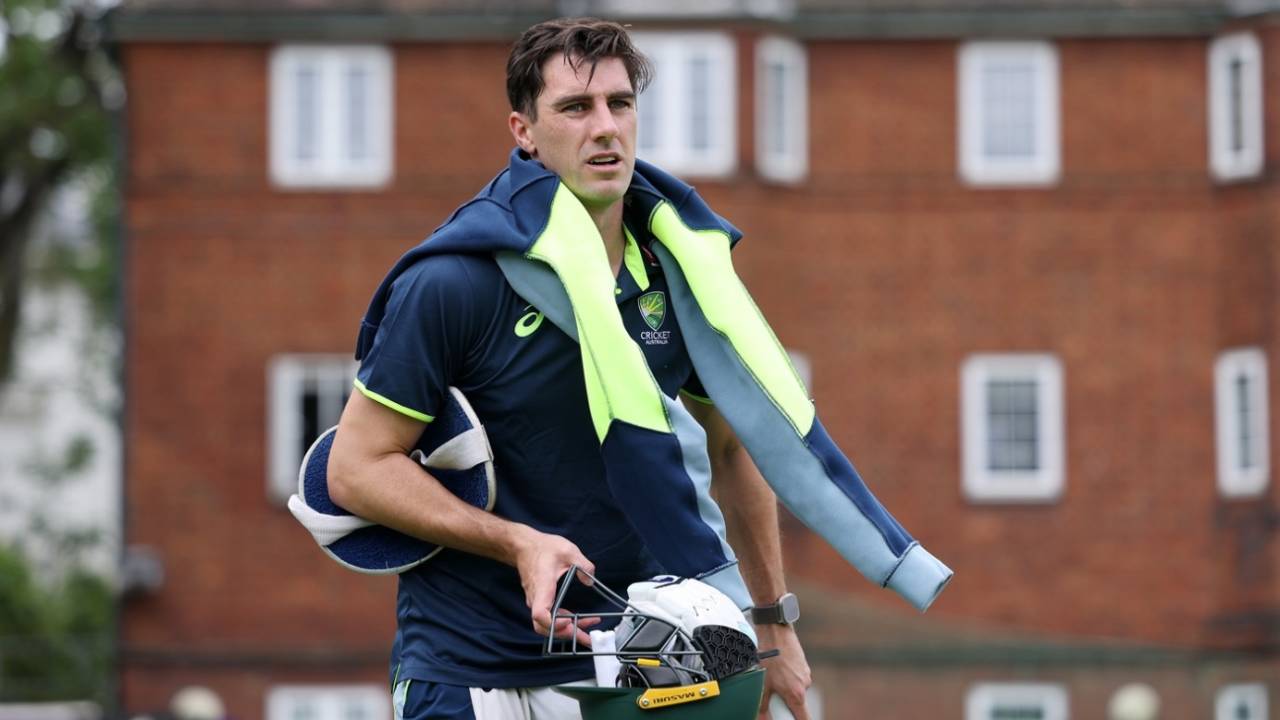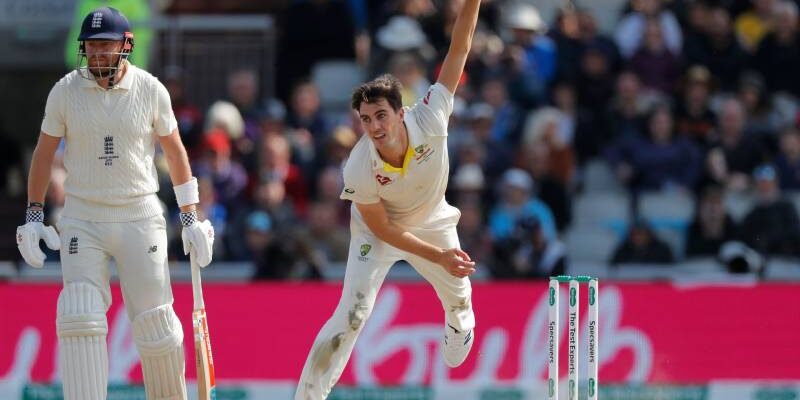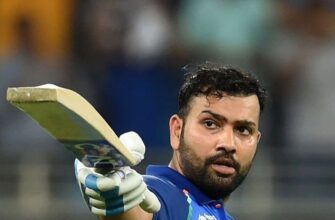The Ashes. A series so steeped in tradition and rivalry, it often feels less like a cricket match and more like a national referendum on competitive spirit. As the calendar pages relentlessly turn towards November 21st, 2025, and the first ball of the Ashes series in Perth, an unsettling quiet hangs over the Australian camp. The cause? The formidable Pat Cummins, Australia`s captain and spearhead fast bowler, finds himself entangled in a delicate race against time, his participation shadowed by a persistent lumbar bone stress injury.

The Unyielding Back: A Fast Bowler`s Nemesis
For any fast bowler, the back is both the engine room and the Achilles` heel. The sheer rotational force and repetitive impact generated to propel a cricket ball at searing pace place immense strain on the lumbar region. Cummins, no stranger to the medical table throughout his illustrious career, is currently battling a bone stress issue in his lower back. While recent scans reportedly show “signs of improvement,” the crucial green light – clearance to bowl – remains frustratingly elusive.
With just over six weeks separating us from the Perth Test, the medical team faces a tightrope walk. Rebuilding a fast bowler`s workload from zero to Test match intensity within such a timeframe is a complex, high-stakes endeavor. It`s a process that demands meticulous planning, conservative progression, and an almost superhuman patience from the athlete. One might imagine a superhero cape would grant immunity to mere bone stress, but alas, even our finest athletes are subject to the laws of biology, not comic books.
Captain`s Resolve vs. Medical Reality
Cummins himself has previously expressed a willingness to “take a few risks and be a little bit aggressive” in his rehabilitation, even contemplating skipping lead-up games to ensure Ashes participation. While commendable, such a declaration inevitably clashes with the pragmatic realities of high-performance sport. Cricket Australia`s medical and high-performance staff are acutely aware that a compromised preparation not only jeopardizes immediate performance but significantly elevates the risk of secondary soft-tissue injuries – a cruel twist of fate that could see him sidelined for longer.
The Australian skipper`s recent history underscores this delicate balance. Last year, a tailored 10-week training block preceded the Border-Gavaskar series, yet even then, a planned Sheffield Shield game was aborted. These carefully calibrated build-ups are not mere suggestions; they are vital blueprints designed to protect an athlete`s career. To rush such a process is akin to skipping critical steps in a high-tech engineering project – the foundations might look stable, but the internal stresses could prove catastrophic.
The Ripple Effect: Bowling Attack and Captaincy
Should Cummins miss the start of the Ashes, the tactical implications for Australia are substantial. Not only would they lose their premier fast bowler, renowned for his control, pace, and ability to break partnerships, but also their on-field captain. This dual blow would necessitate significant adjustments:
- Bowling Load Management: The existing formidable trio of Mitchell Starc, Josh Hazlewood, and Scott Boland would bear an even heavier burden. With eight-day rests between the first two Tests, and a mere four-day gap between Adelaide and Melbourne, and then Melbourne and Sydney, their workload management becomes paramount. The 2023 Ashes, where fresh legs like Mark Wood and Chris Woakes dominated the latter half, serves as a stark reminder of endurance`s value. The lessons from India`s Jasprit Bumrah, who struggled with back injury after immense loads, are equally pertinent.
- Backup Bowlers: The spotlight intensifies on potential reinforcements. Michael Neser, Brendan Doggett, and Sean Abbott, all capable pacemen, would find their Shield performances scrutinized with renewed vigor. Their readiness to step onto the biggest stage without extensive prior preparation could be the defining factor.
- Captaincy Void: In Cummins` absence, the captaincy would likely revert to the experienced Steven Smith. Smith has a wealth of leadership experience, having captained Australia in 40 Tests and stepped in six times since Cummins took the helm. Travis Head, the other vice-captain, would be a less likely option ahead of Smith, who, ironically, seems to be perpetually polishing the captain`s badge for a rainy day.
An Anxious Wait for Australian Cricket
The coming weeks will be fraught with anticipation. Every medical update, every whisper from the training ground, will be analyzed for clues regarding Cummins` progress. The Ashes are more than just a series; they are a national obsession. For Australia to face their oldest rivals without their captain and spearhead would be a significant blow, albeit one they have the depth to mitigate. Yet, the ideal scenario remains: Pat Cummins, fit, firing, and leading from the front.
For now, Australian cricket fans, and indeed the entire cricketing world, can only watch and wait. The silence from the medical room is often the loudest indicator of uncertainty, and in this instance, it`s deafening.







